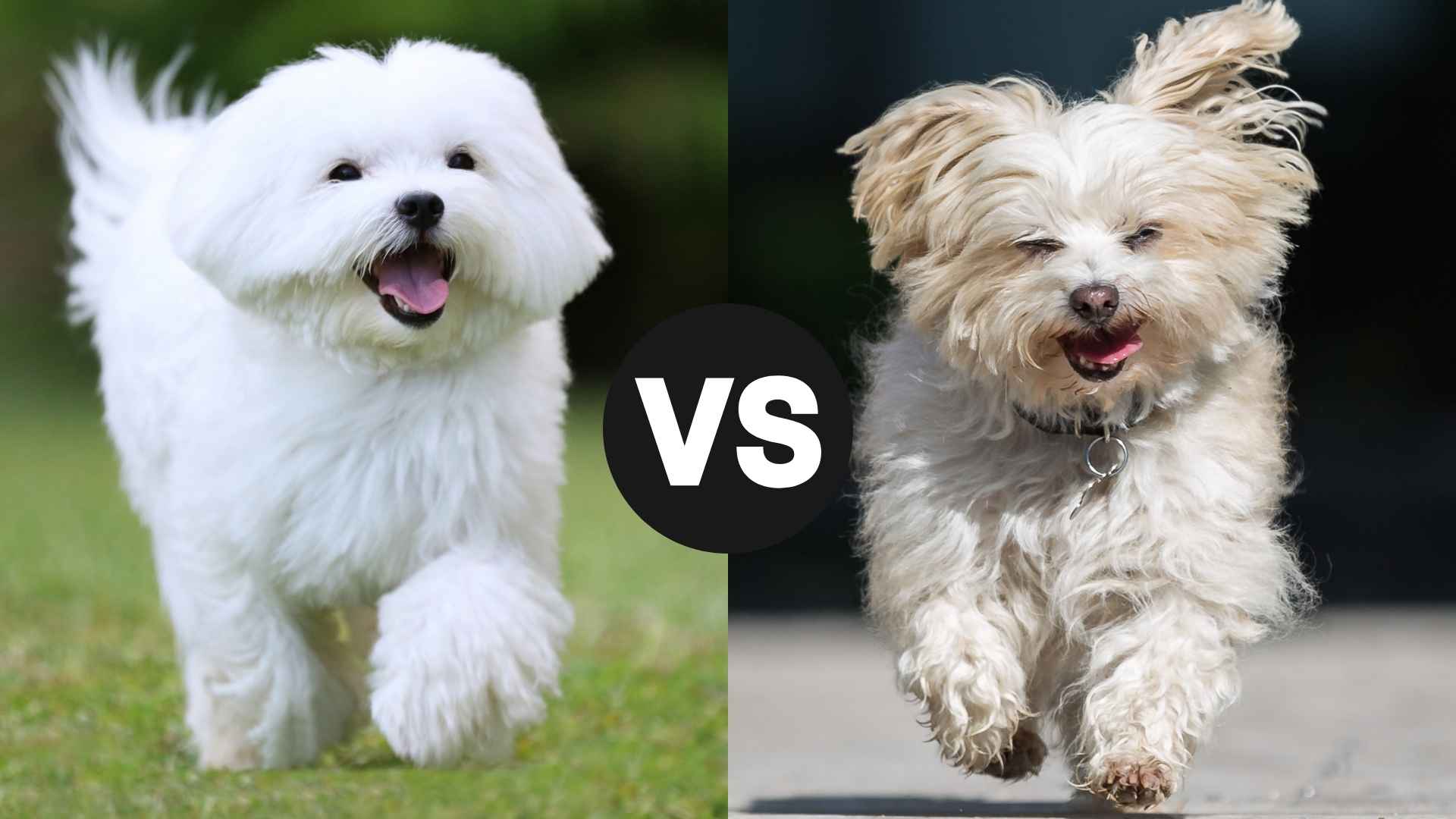Trying to choose between a Maltese and a Havanese? Yeah, it’s tough—they’re both insanely adorable, super affectionate, and rock those silky coats like runway models. But don’t let the fluff fool you—these two toy breeds bring totally different vibes to the table. Whether you’re all about cuddles or looking for a playful shadow to follow you everywhere, there’s a clear winner depending on your lifestyle.
The Maltese? Think diva with a heart of gold. This pup’s tiny but fearless, thrives on attention, and prefers a lap over a leash. On the flip side, the Havanese is the social butterfly of the dog world—laid-back, goofy, and ridiculously loyal.
So, how do you pick between two pint-sized charmers with personalities way bigger than their bodies? Let’s break it down—temperament, grooming needs, training, and more. This showdown is going to help you find your perfect match.
Maltese vs. Havanese: Key Differences
The biggest differences between the Maltese and Havanese come down to personality, grooming, and energy levels. Maltese pups are more high-maintenance when it comes to grooming and can be a bit more sensitive and clingy—they’re total lap dogs who live for attention. Havanese, on the other hand, are a bit more easygoing, better with kids, and love being part of the action without getting overly dramatic.
Plus, while both breeds need regular brushing, the Havanese coat tends to be wavier and less prone to matting than the silky Maltese. If you’re after a tiny, elegant companion who’ll be glued to your side, the Maltese might be your match. But if you want a playful, sturdy little sidekick who’s a bit more flexible, the Havanese could be the better fit.
Table
|
Feature |
Maltese |
Havanese |
|
Size |
4–7 lbs |
7–13 lbs |
|
Coat Type |
Long, straight, silky |
Wavy or curly, soft |
|
Grooming Needs |
High – daily brushing needed |
Moderate – regular brushing needed |
|
Temperament |
Affectionate, sensitive, loyal |
Playful, friendly, adaptable |
|
Energy Level |
Moderate |
Moderate to high |
|
Good with Kids? |
Yes (with supervision) |
Yes – great family dog |
|
Trainability |
Smart but may be stubborn |
Eager to please and easy to train |
|
Barking |
Can be vocal |
Alert but usually quieter |
|
Ideal For |
Lap dog lovers, calm households |
Active families, social households |
Maltese vs. Havanese
Maltese vs. Havanese: Breed Origins and Historical Background
Maltese
Ever heard of a dog that’s practically royalty? The Maltese has been charming humans for over 2,000 years. This little white fluff ball traces its roots back to the ancient Mediterranean, specifically the island of Malta. Roman ladies carried them around like accessories (and honestly, who could blame them?), while even Aristotle gave them a shoutout. That’s how long this breed has been in the spotlight!
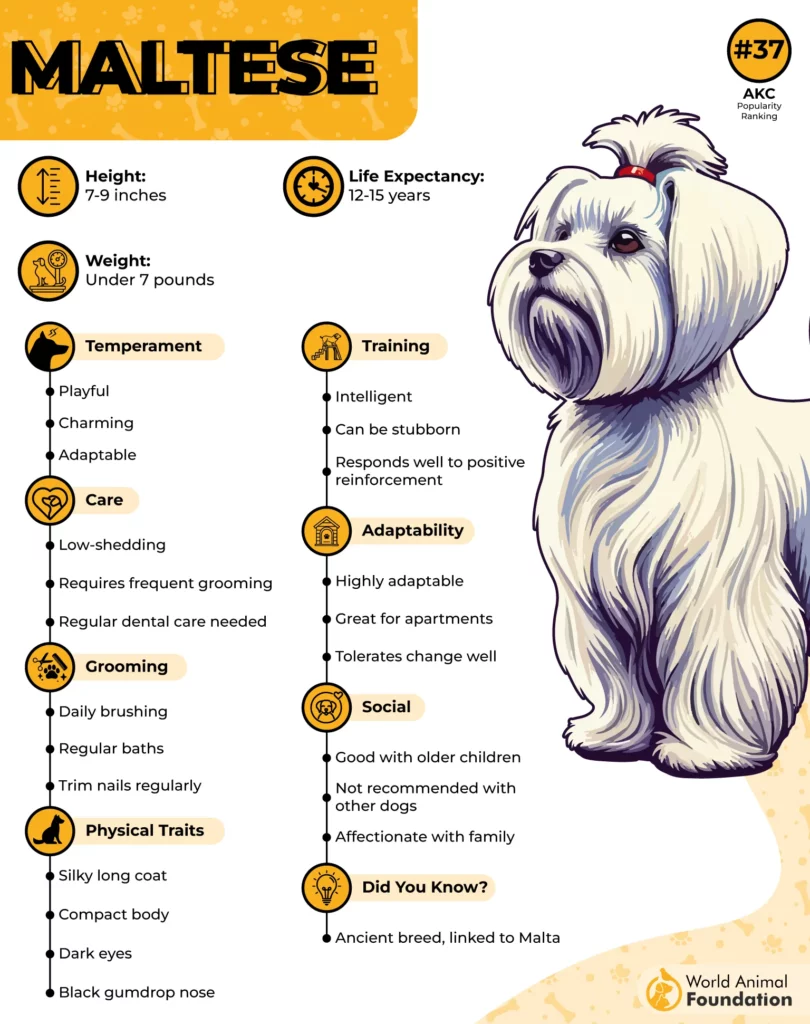
The Maltese wasn’t just bred for looks, though—it was created for companionship. Ancient Greeks and Romans adored their affectionate nature and dainty appearance, says Britannica. They were pampered pets of nobles and aristocrats, often painted in portraits and even buried in lavish tombs. Sounds like the good life, right?
Ancient Mediterranean roots
Beloved by royals, philosophers, and aristocrats
One of the oldest toy breeds in the world
Despite centuries of royal treatment, the Maltese kept its charm intact. Even today, this breed thrives on being the center of attention—basically, it hasn’t changed much. Want a lap dog with a serious legacy? The Maltese is your little superstar.
Havanese
Now let’s talk about the Havanese—the only dog breed native to Cuba, and let me tell you, it’s got tropical charm written all over it. The Havanese descended from Bichon-type dogs brought by Spanish settlers in the 1600s. But it didn’t just survive—it thrived in Havana’s elite circles, earning the nickname “Velcro dog” because it never leaves your side.
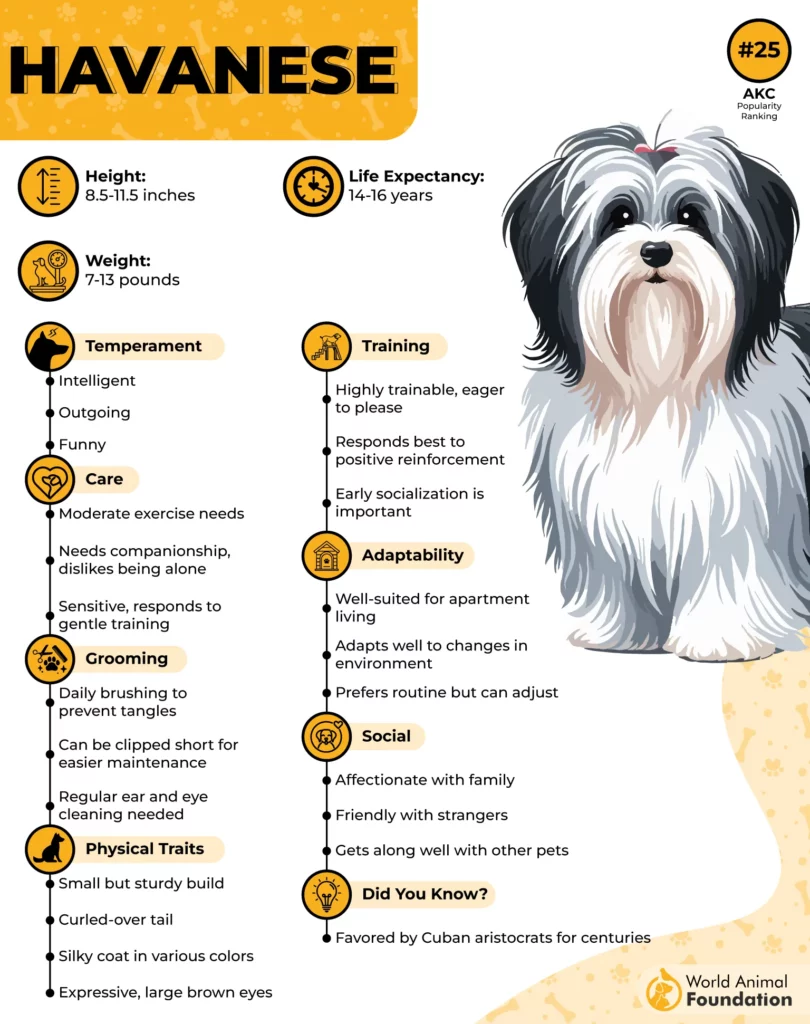
By the 18th century, the Havanese was basically the Cuban version of a celebrity pet, says PetMD. They were everywhere—curling up on laps, charming dignitaries, and turning heads with their silky coats and goofy personalities. Even when Cuba hit political turmoil, dedicated families smuggled their Havanese dogs to safety. That’s love.
Only breed native to Cuba
Descended from Mediterranean Bichons
Nicknamed the “Velcro dog” for its clingy affection
What makes the Havanese even cooler? It nearly went extinct but made a big comeback in the U.S. thanks to a few passionate breeders. Today, it’s one of the most lovable, resilient toy breeds around. If you’re looking for a pup with history and heart, this one checks all the boxes.
Maltese vs. Havanese: Temperament and Typical Behavior
Maltese
Maltese are tiny dogs, but their personalities? Absolutely huge. These pups are all about their humans—they’re sweet, affectionate, and sometimes a little extra when it comes to getting attention. Think of them as tiny drama queens with hearts of gold. If you move rooms, they’ll follow. If you sit down, they’re instantly in your lap. Love being the center of a dog’s universe? The Maltese gets you.
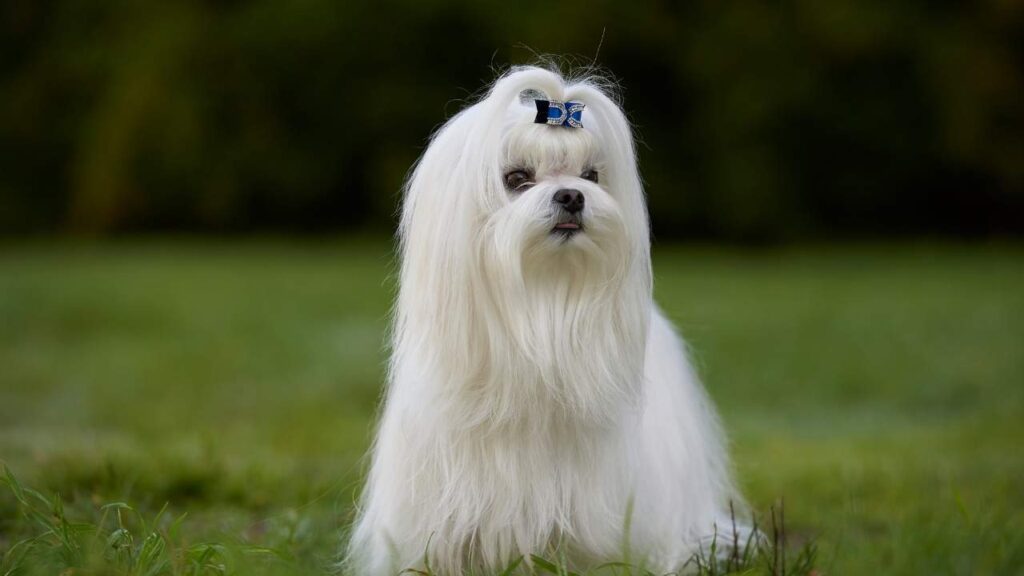
But don’t let the glamorous coat fool you—they’ve got a spunky side, too. According to CKC, Maltese are bold and fearless, often acting like they’re ten times their size. They’ll bark to alert you of strangers (or just because they’re bored), and they’ll definitely test boundaries if you let them. Yep, that stubborn streak is real—but train them with love, and they’ll charm their way into doing just about anything.
Loyal, devoted, and deeply attached to their owners
Alert, sometimes vocal watchdogs
Can be stubborn but highly intelligent
Their biggest personality trait? Loyalty, hands down. These dogs bond hard and fast, making them the ultimate companion animals, especially for calm, cozy homes where they can be the main character.
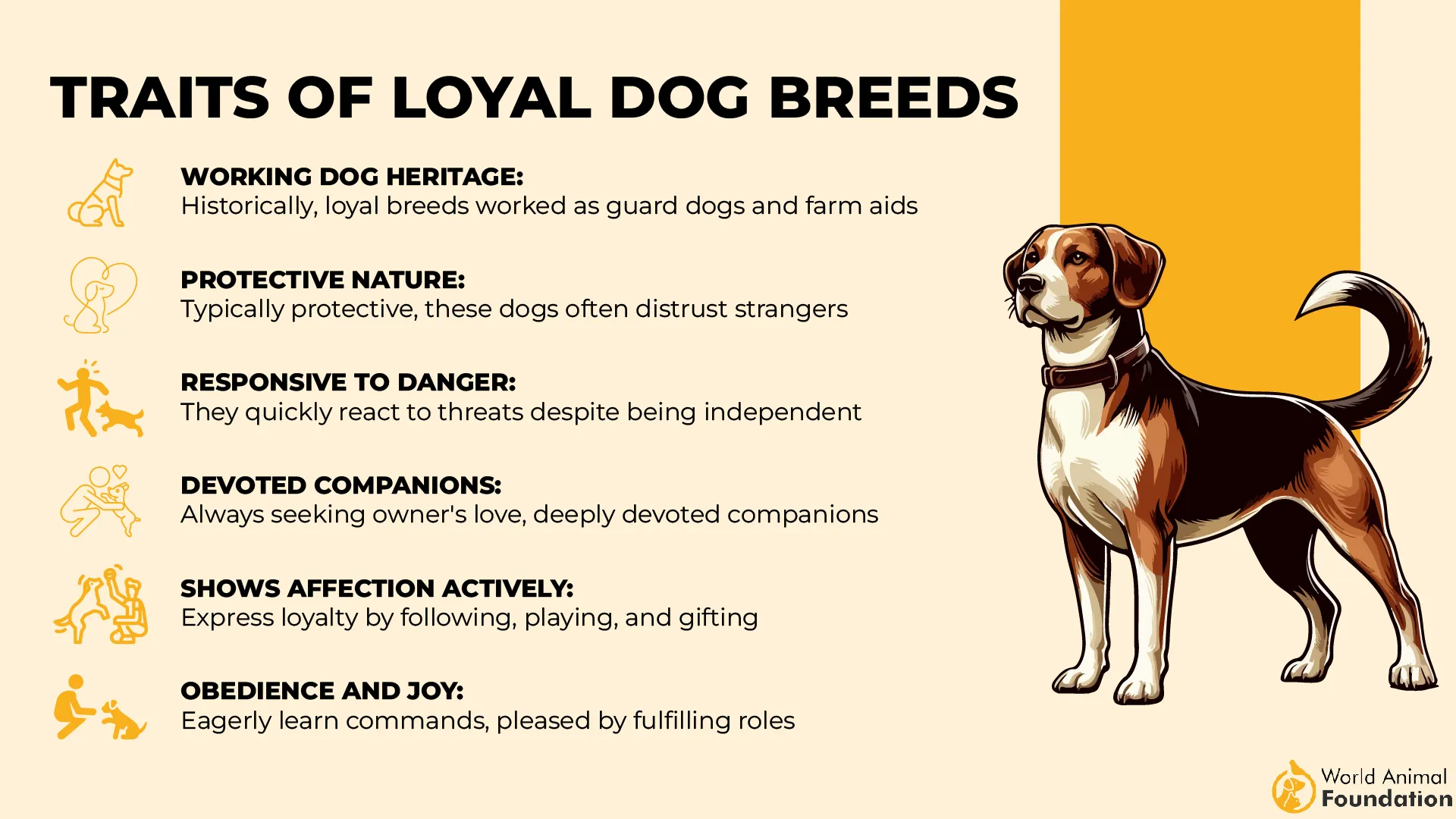
Havanese
The Havanese is the life of the party—happy-go-lucky, full of energy, and basically everyone’s best friend. Seriously, this breed is one of the most social small dogs around. Whether it’s kids, strangers, or other pets, the Havanese says, “Hi, let’s hang out!” They’ve got a goofy, fun-loving vibe that makes them perfect for families or anyone who just wants a dog that brings joy.
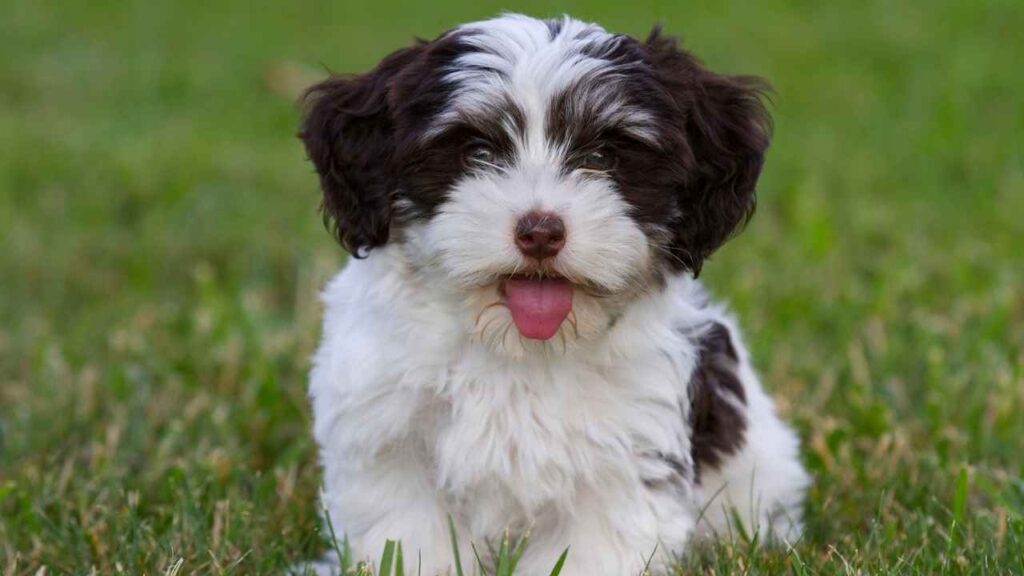
These little charmers are also super adaptable. Apartment living? Cool. Big backyard? Even better. The Havanese just wants to be wherever you are. And while they do love to play and clown around, they’re also down to chill, so long as you’re nearby. Oh, and did we mention they’re easy to train? Their eagerness to please makes them quick learners, says Orvis.
Exceptionally friendly and social
Great with kids, dogs, and even cats
Playful but not hyper
One of the best parts? They don’t really do the whole diva thing. The Havanese is sturdy, affectionate, and always in a good mood. Want a dog that acts like a built-in mood booster? This one’s got your back.
Maltese vs. Havanese: Common Health Issues
Maltese
Let’s be real—Maltese may look like delicate porcelain pups, but health-wise, they’ve got a decent track record. That said, there are a few common hiccups you’ll want to watch for. First up: dental issues. Tiny mouths mean overcrowded teeth, which often leads to plaque buildup, gum problems, and yes, some stinky breath if you’re not brushing regularly.

They’re also prone to luxating patella, which is a fancy way of saying their kneecaps can slip out of place. Doesn’t that sound like a nightmare? It’s common in small breeds but can range from mild to “this pup needs surgery” level. And don’t forget about white dog shaker syndrome—a condition that causes tremors in little white dogs like the Maltese. It looks scary, but it’s often manageable with meds.
Dental disease
Luxating patella (watch those zoomies!)
White dog shaker syndrome (rare but real)
Good news? With regular vet checkups, a solid diet, and a little TLC, your Maltese can live a long, happy life—often into their mid-teens. Not too shabby for a tiny fluff nugget!
Havanese
The Havanese may be cheerful and sturdy, but even this little socialite has a few health quirks to keep on your radar. Hip dysplasia isn’t just a big-dog problem—it can happen to Havanese, too. It may sound surprising, but joint issues can sneak up if they’re not kept at a healthy weight or if they’re doing wild zoomies 24/7.

Then there are cataracts and eye issues, says Omlet. These pups are known for their expressive eyes, but those soulful stares can become cloudy over time, especially in their senior years. Another common issue? Deafness, particularly common in older Havanese. They may still act like goofballs, but if they start ignoring you more than usual, it’s probably not personal.
Hip dysplasia (watch their joints)
Cataracts and eye problems
Age-related deafness
Thankfully, with proper care, the Havanese tends to be a healthy breed overall, living up to 14–16 years! The key? Regular vet visits, keeping them active (but not overworked), and watching for subtle signs as they age.
Maltese vs. Havanese: Average Lifespan
Maltese
The Maltese may be tiny, but when it comes to lifespan, it punches way above its weight. On average, these little charmers live 12 to 15 years, and many easily make it to 16 or even 17 with proper care. That’s a solid run of tail wags, couch snuggles, and dramatic entrances down the hallway like it’s a red carpet.

But here’s the thing—longevity doesn’t come without a little effort. Staying on top of dental care, feeding high-quality food, and keeping up with vet visits can seriously boost those golden years. Plus, they’re not super high-energy, which helps reduce stress on their joints and hearts. Less wear and tear, more lap time.
Typical lifespan: 12–15 years, according to Purina
Many live well into their late teens
Longevity depends on diet, grooming, and regular care
So, if you’re in it for the long haul (and don’t mind a little clinginess), a Maltese can be a lifelong best friend—literally.
Havanese
The Havanese? Oh, they’re in it for the long run, too. With an average lifespan of 14 to 16 years, these pups are surprisingly hardy for their size. They’re not just cute and cuddly—they’ve got solid genes and a reputation for being one of the healthier toy breeds out there.

That said, keeping them fit and mentally stimulated goes a long way. They thrive on activity and social interaction, so boredom and weight gain can be sneaky lifespan stealers. Give them playtime, belly rubs, and plenty of people-time, and they’ll stay youthful well into their senior years.
Typical lifespan: 14–16 years, says WebMD
Excellent longevity with minimal major health risks
Thrive with stimulation, exercise, and TLC
Bottom line? The Havanese is a long-term commitment in the best way. You’re not just getting a dog—you’re gaining a happy little sidekick for over a decade of fun.
Conclusion
When it comes to choosing between Havanese dogs and Maltese dogs, the decision really depends on your lifestyle and what you’re looking for in a companion. Both are incredibly adorable dogs with a small size, long, flowing hair, and the kind of sweet temperament that makes them wonderful companions for many families. While they share some similarities, there are clear differences in grooming needs, energy levels, and personality. Whether you’re looking for a pup who thrives on cuddles or one who’s always ready to play, these little dogs offer big love in tiny packages.
Both breeds were originally bred as lapdogs, and today they continue to be popular pets and beloved family members. The Maltese may need more frequent grooming and careful attention to dry skin and ears, while the Havanese tends to be more playful and social. Both need consistent daily exercise, regular brushing, and early obedience training to stay healthy and well-socialized. If you’re considering rescue or shelter options, don’t overlook these breeds—many owners have found lifelong love through adoption. Just be sure to look for pictures, research each individual dog, and think about how each one will fit into your life and home routine.
Still can’t decide between the two dogs? Ask yourself what fits best with your children, home size, and activity level. Remember, both animals are great with people, but the Havanese might do better in busy homes, while the Maltese loves to stay home and snuggle. As the national dog of Cuba, the Havanese brings charm and sociability, while the Maltese, known for its stunning coat and royal history, adds a touch of elegance. From coat fur to health problems, each breed brings something unique. So if you’re stuck on the Havanese vs Maltese debate, just know—either way, you’re getting one of the best other breeds out there. And hey, choosing the right dog isn’t just a good idea, it’s the beginning of something amazing.


